James Dixon (1887 – 1970) Giant Muldoon at the West End Village, Tory Island Oil on board, 38 x 53cms (15 x 21”) Signed, indistinctly inscribed with legend and dated 1967 Exhibited: ‘Ireland: Her people and landscape’ Summer loan show, The Ava Gallery, Clandeboye Estate June – September 2012 Cat. No. 11; ‘A Wild Atlantic Way – Irish Life and Landscapes’ The Hunt Museum July – October 2021 Literature: ‘Ireland Her People and Landscape’ Illustrated P. 18; ‘A Wild Atlantic Way – Irish Life and Landscapes’ The Hunt Museum, Full page illustration P21 The idea of an unmediated connection to place is most evident in the paintings of the untrained Tory Island painter James Dixon (1887-1970). He took up painting in the late 1950s having met the artist Derek Hill (1916-2000) when he visited the island. Dixon’s images of Tory, although influenced by Hill’s practice, seem to convey an honest, engaged representation of the island. This is attributed to the fact that the artist was a native islander who spent his entire life in its environment. Also as seen in Giant Muldoon at the West End Village, Tory Island, (1967) the flattened perspective, crowded composition and expressive use of colour indicate a childlike sense of his surroundings. The guileless qualities of the work convey the uncomplicated nature of the island, thereby fulfilling the cosmopolitan view of the rural as pure and simple. In reality, of course, Dixon’s work is much more sophisticated than this suggests and life on Tory is equally more complicated. What is significant is that the expressive qualities of such outsider art were highly prized and were emulated by more conventional professional artists. James Dixon was born on Tory Island, Co. Donegal, the most remote of all Ireland’s off shore islands. Apart from an occasional visit to the mainland and one short period in the west of Ireland as a fishing instructor, Dixon spent most of his life there and was one of the most significant members of the highly regarded Tory Island school of primitive art. Dixon and other islanders painted what they saw around them in a distinctive detailed, naturalistic style: boats, the wild seas, the island and the small villages grandly named East Town and West Town. The artist Derek Hill organised exhibitions of the work of the Tory school painters, the first of which took place at the New Gallery, Belfast in 1966, with subsequent exhibitions in Dublin, Vienna and London. In 1990 a retrospective exhibition was held at the Glebe Gallery, Co. Donegal, and the Boole Library, University College Cork. James Dixon along with Alfred Wallis was also the subject of a major exhibition in 1999 that opened in IMMA before travelling to Tate St. Ives. Dixon's work is included in the collections of The Ulster Museum, The Scottish National Gallery of Modern Art, The Hugh Lane Gallery, Bournemouth Art Gallery as well as being well represented at Derek Hill’s Glebe House and Gallery in Churchill, Co. Donegal. Our thanks to Róisín Kennedy whose writings formed the basis of this catalogue note
James Dixon (1887 – 1970) Giant Muldoon at the West End Village, Tory Island Oil on board, 38 x 53cms (15 x 21”) Signed, indistinctly inscribed with legend and dated 1967 Exhibited: ‘Ireland: Her people and landscape’ Summer loan show, The Ava Gallery, Clandeboye Estate June – September 2012 Cat. No. 11; ‘A Wild Atlantic Way – Irish Life and Landscapes’ The Hunt Museum July – October 2021 Literature: ‘Ireland Her People and Landscape’ Illustrated P. 18; ‘A Wild Atlantic Way – Irish Life and Landscapes’ The Hunt Museum, Full page illustration P21 The idea of an unmediated connection to place is most evident in the paintings of the untrained Tory Island painter James Dixon (1887-1970). He took up painting in the late 1950s having met the artist Derek Hill (1916-2000) when he visited the island. Dixon’s images of Tory, although influenced by Hill’s practice, seem to convey an honest, engaged representation of the island. This is attributed to the fact that the artist was a native islander who spent his entire life in its environment. Also as seen in Giant Muldoon at the West End Village, Tory Island, (1967) the flattened perspective, crowded composition and expressive use of colour indicate a childlike sense of his surroundings. The guileless qualities of the work convey the uncomplicated nature of the island, thereby fulfilling the cosmopolitan view of the rural as pure and simple. In reality, of course, Dixon’s work is much more sophisticated than this suggests and life on Tory is equally more complicated. What is significant is that the expressive qualities of such outsider art were highly prized and were emulated by more conventional professional artists. James Dixon was born on Tory Island, Co. Donegal, the most remote of all Ireland’s off shore islands. Apart from an occasional visit to the mainland and one short period in the west of Ireland as a fishing instructor, Dixon spent most of his life there and was one of the most significant members of the highly regarded Tory Island school of primitive art. Dixon and other islanders painted what they saw around them in a distinctive detailed, naturalistic style: boats, the wild seas, the island and the small villages grandly named East Town and West Town. The artist Derek Hill organised exhibitions of the work of the Tory school painters, the first of which took place at the New Gallery, Belfast in 1966, with subsequent exhibitions in Dublin, Vienna and London. In 1990 a retrospective exhibition was held at the Glebe Gallery, Co. Donegal, and the Boole Library, University College Cork. James Dixon along with Alfred Wallis was also the subject of a major exhibition in 1999 that opened in IMMA before travelling to Tate St. Ives. Dixon's work is included in the collections of The Ulster Museum, The Scottish National Gallery of Modern Art, The Hugh Lane Gallery, Bournemouth Art Gallery as well as being well represented at Derek Hill’s Glebe House and Gallery in Churchill, Co. Donegal. Our thanks to Róisín Kennedy whose writings formed the basis of this catalogue note
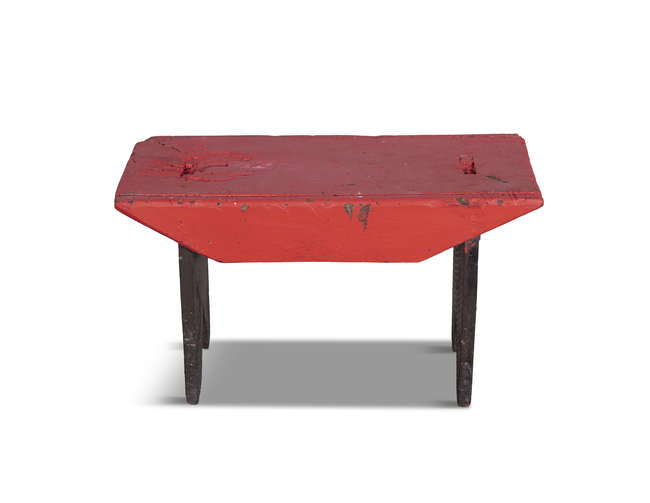
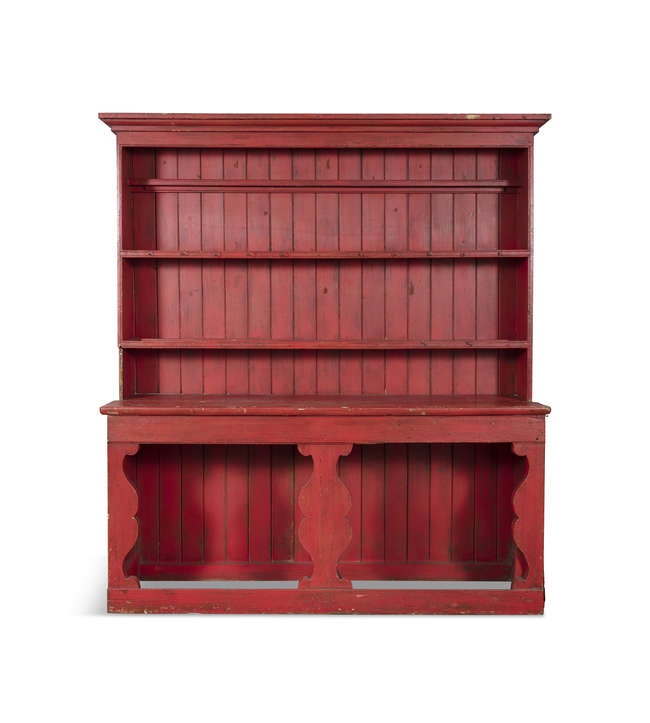
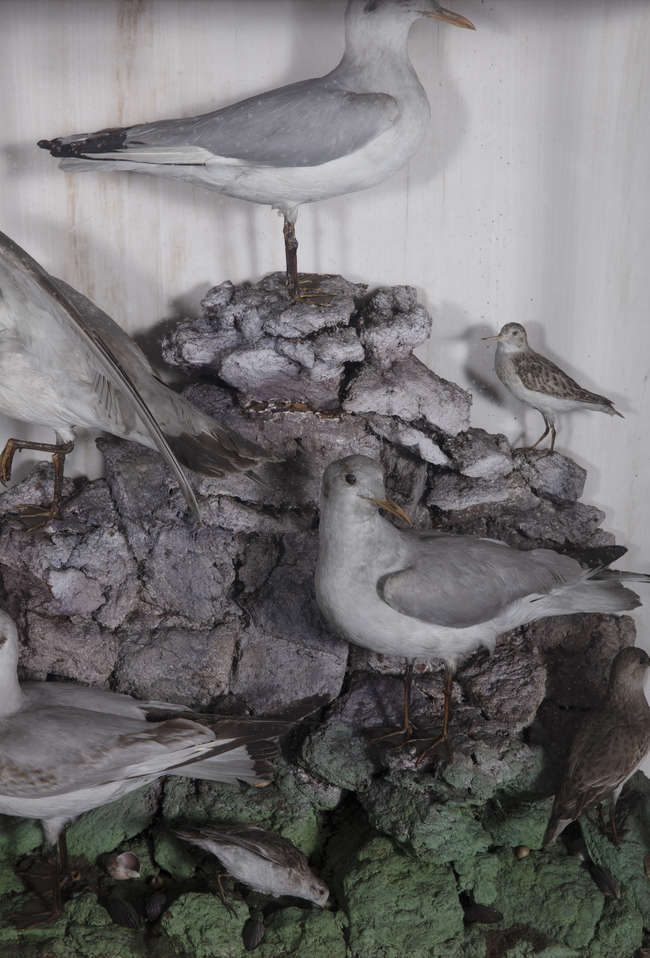
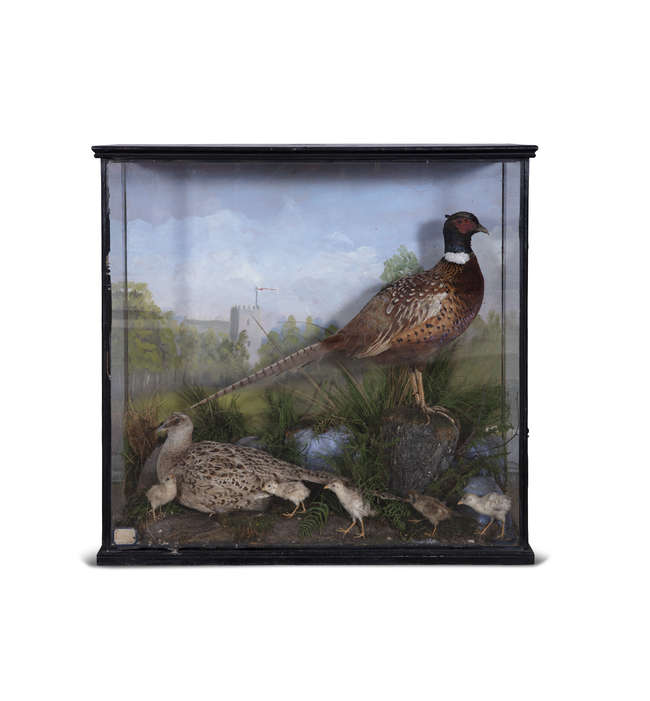
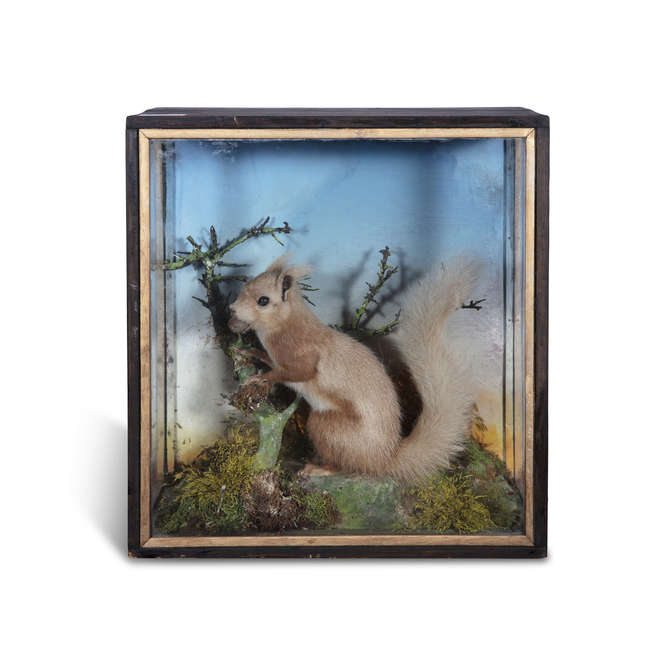
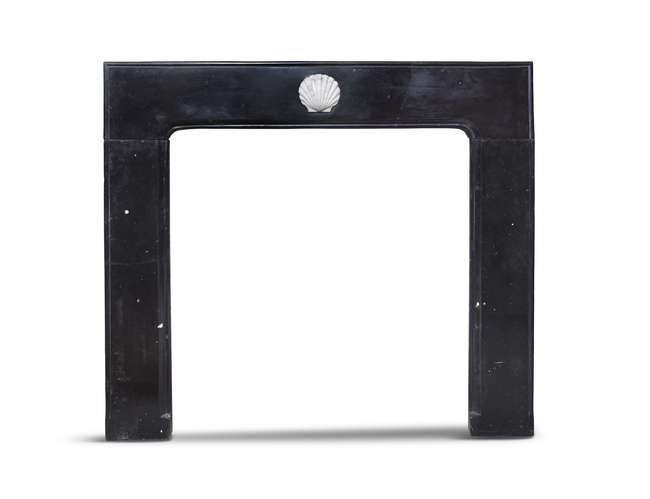
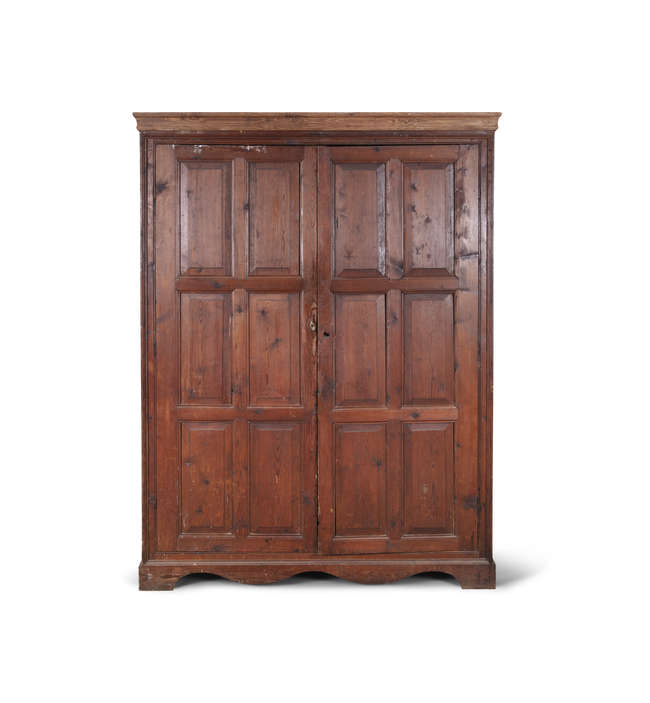
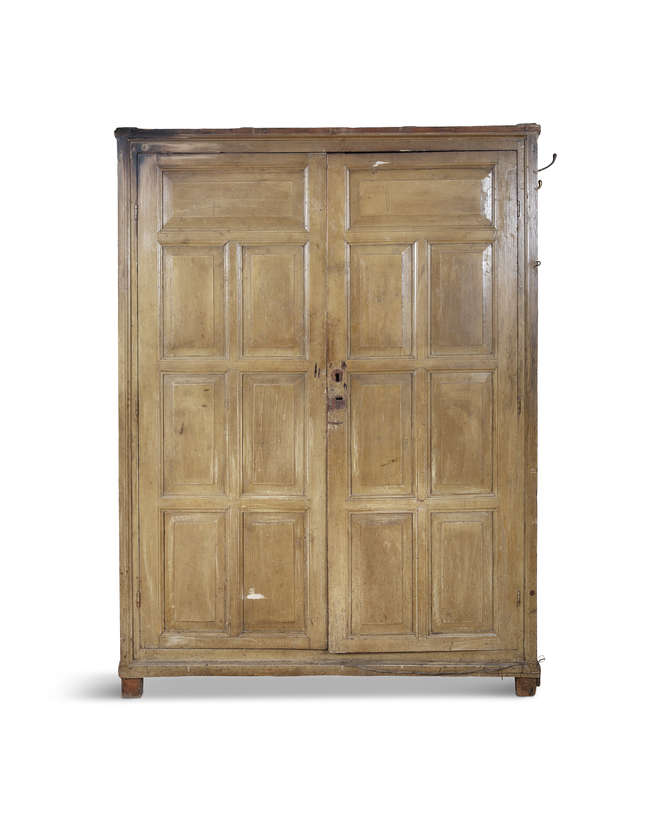
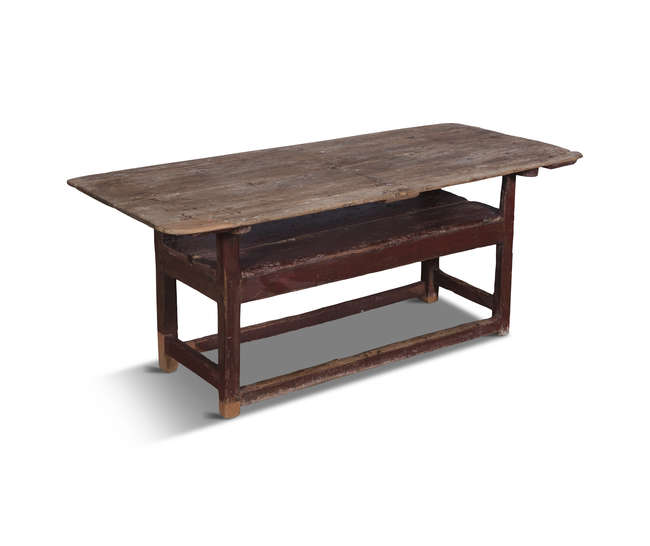
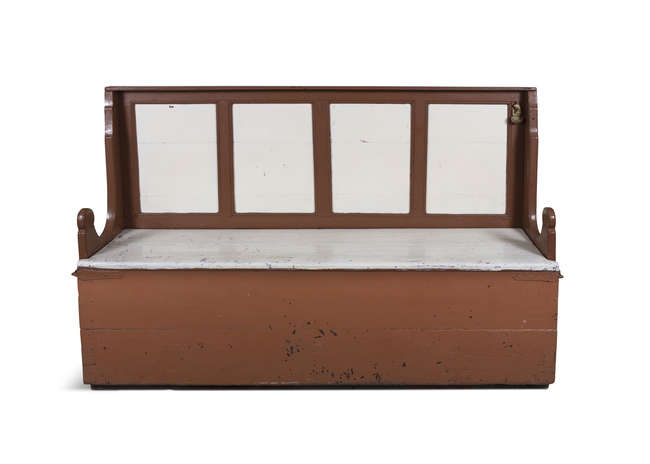
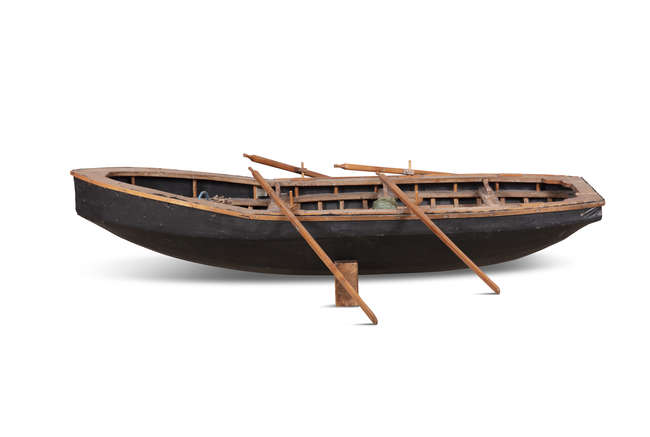
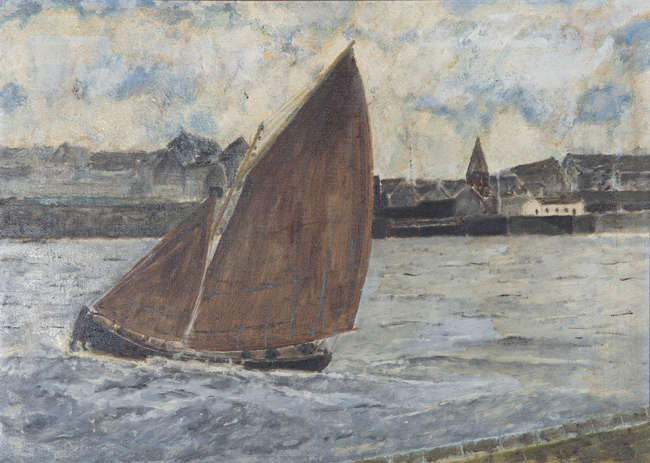
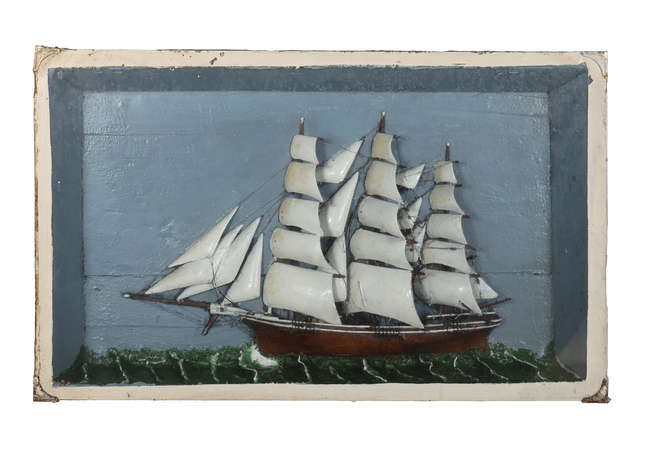
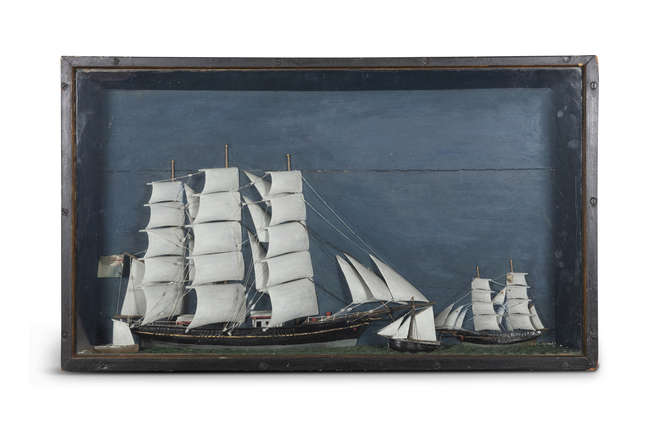
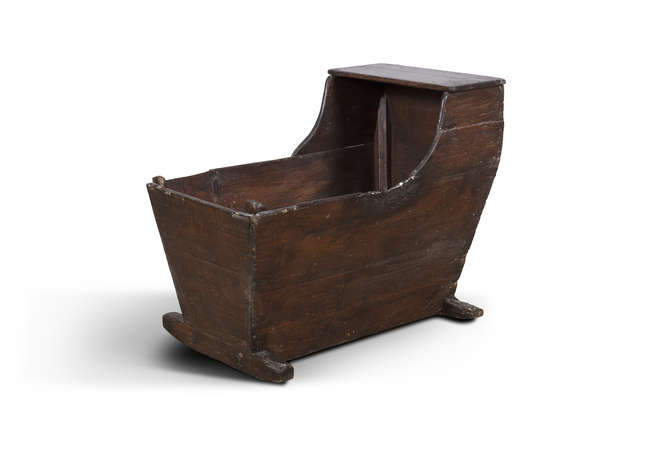
Try LotSearch and its premium features for 7 days - without any costs!
Be notified automatically about new items in upcoming auctions.
Create an alert